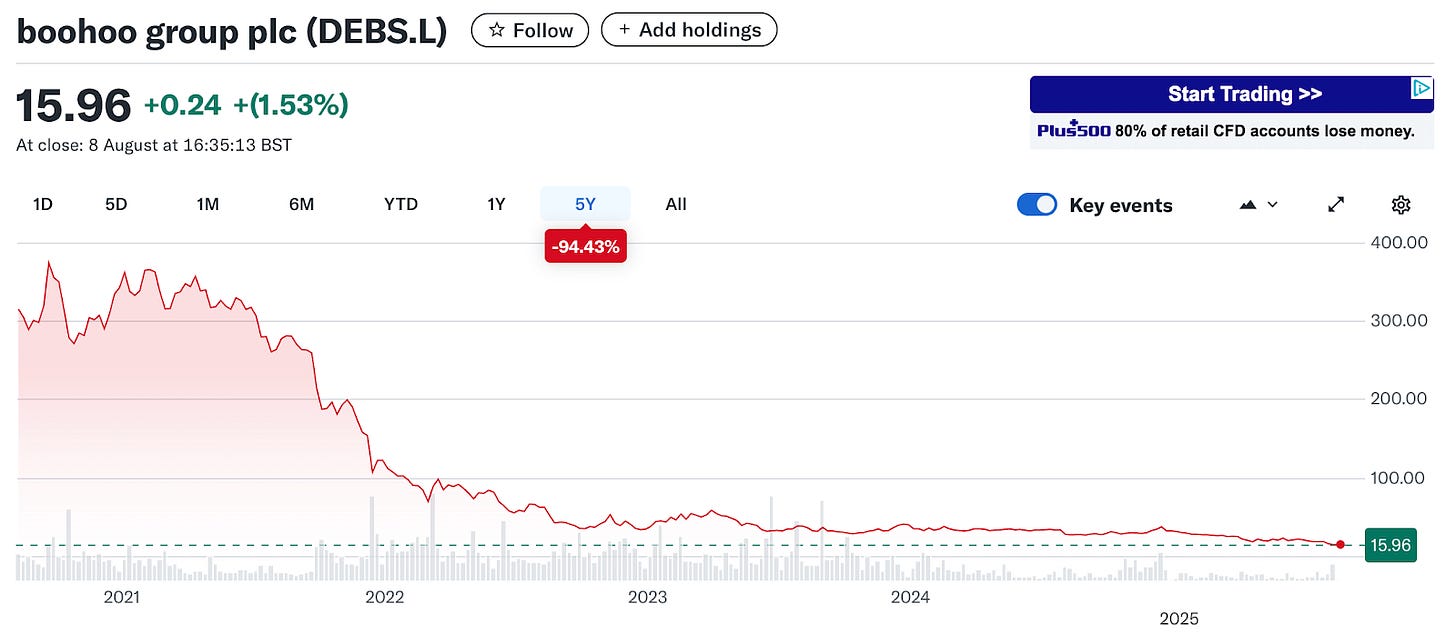Business Success is Redefined When Human Value Gets Priced In

A decade ago, a senior investment fund manager told us that the exploitation of people was “not material” to his firm’s investment decisions. How companies treated workers, whether through fair pay, safe conditions, or freedom from coercion, was seen as irrelevant to valuation. Slavery, child labor, union-busting, wage theft, and discrimination were “unfortunate”, but they didn’t move the share price.
Fast forward to 2024. Thousands of Volkswagen-owned vehicles, Porsche, Bentley, and Audis were impounded at U.S. ports over allegations that certain parts were made using forced labor. The delays disrupted deliveries and prompted some investors to exit positions. Regulators signaled that without proof of clean supply chains, future imports could face similar bans. Human value was no longer “immaterial.”
The New Materiality of Human Value

The lesson is clear: how a company treats people within its operations and across its supply chain now shapes market perception, regulatory risk, and long-term value.
Reconfiguring Conventional Economics
Companies like Costco (U.S.), Mercadona (Spain), or Pentland (UK) have also demonstrated that treating employees as primary value generators, rather than costs to be minimized, drives sustained financial performance. It’s not just about human rights but human potential.
Modern extensions to economic theory, such as efficiency wage theory, now suggest that higher-than-market pay can boost productivity, lower turnover, and attract higher-quality employees. Behavioral considerations increasingly recognize that fairness perceptions and worker morale also influence wage-setting decisions. The growth of a movement for “good jobs” is a testament to a new level of mature management practice that has become increasingly influential.
Beyond Pay: Building Human Value into Strategy
Yet, few firms have replicated models that embed human value. This is because it’s not easy, perhaps even the hardest way through which competitive differentiation can arise. But those who manage to achieve it outperform for everyone and can do so over decades.
Myriad factors drive human value. Business models need to cohere between market and human values. Leadership and management must be trusted by customers, employees, and other key stakeholders. An organization needs a wide set of effective systems to maximise the value from all of its people, both directly employed and within its supply chain and wider society. A philosophy and practice of never-ending improvement must be embedded throughout the whole organization. And high levels of authenticity and cooperation are needed, from the mail room to the Board room.
Test Your Organisation’s Ability to Realise Human Value
Take this simple test of Organisational Maturity to find out how much human value your organisation may be missing.
For each of The Maturity Institute‘s Ten Pillars below, score from 0-10 according to the extent to which you completely agree (10) or completely disagree (0) with each statement. Then plot your score on the scale below. Anything less than 100 means that you’re not realizing your full human potential and losing value. Or that you’re carrying material, people, and culture-related risks.

1. Value Motive – Value in our company is defined as providing the best quality products and services we can, as efficiently as possible, while doing everything to eliminate any risk of harm to people or planet [ /10]
2. Learning – My company actively learns from everyone we work with to create more value and reduce risk [ /10]
3. Human Ethos – My company does everything it can to help everyone achieve their potential and make their best contribution to total value [ /10]
4. Whole System – We are all part of one whole system. Our management systems and processes enable us all to work seamlessly together [ /10]
5. Improvement Culture – Our work environment means that everyone seeks continuous learning, constant innovation, and improvement [ /10]
6. People Risk – We identify, assess, and manage all risks arising from people’s actions and behaviours. Everyone is encouraged and empowered to immediately raise any risk issues they identify [ /10]
7. Human Capital Strategy – We know exactly where people fit into our business strategy and plans, as human capital is completely integrated into our decision-making [ /10]
8. Communication & Decision-Making – We have a culture based on mutual respect and cooperation that is continuously reinforced each day through open communication and feedback [ /10]
9. Performance and Reward – We assess and manage performance against a clear and balanced set of measures of productivity, efficiency, revenue, quality, and impact [ /10]
10. Trust, Engagement, Cooperation – Leaders and managers are fully trusted by our people and wider stakeholders [ /10]
The Strategic Imperative and a New Bottom Line
The market is also rewriting the definition of materiality. What was once ignored, how a company impacts the lives of people in its ecosystem, is now increasingly priced into share value, brand equity, and regulatory standing. Leaders who still see human value as peripheral are playing a shrinking game.
The competitive frontier is no longer just about operational efficiency or technological innovation. It is about harmonizing shareholder value with societal well-being, in a way that’s credible, measurable, and enduring. The companies that master this integration won’t just avoid the next corporate scandal; they will define the next era of business success.
